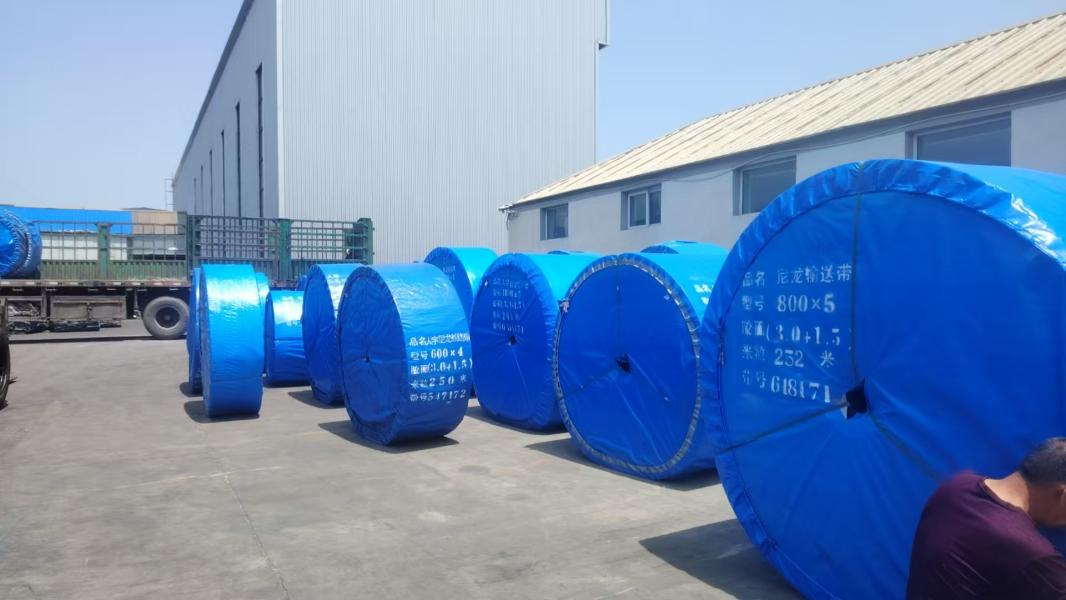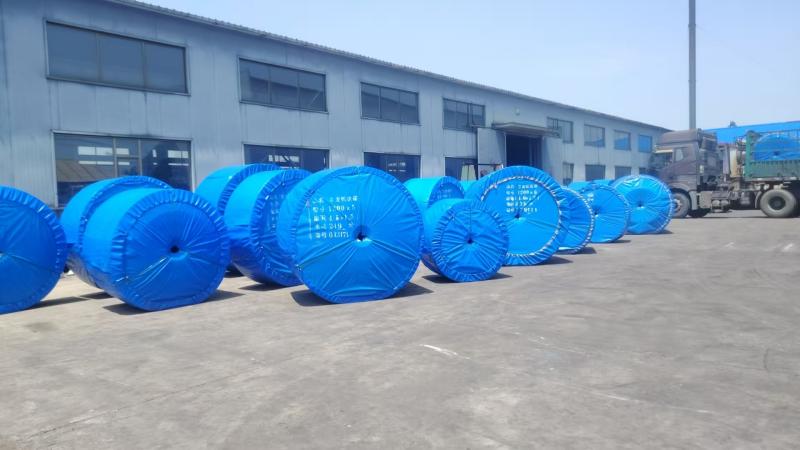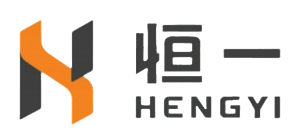
Precautions for the Maintenance and use of Heavy Duty Nylon Conveyor Belt
2025-06-11 13:40Heavy duty nylon conveyor belt introduced:
Heavy duty nylon conveyor belts typically utilize multiple layers of high strength nylon canvas as the core, manufactured through specialized processes such as calendering, molding, and vulcanization. The nylon canvas offers high tensile strength, excellent abrasion resistance, and impact resistance, enabling it to withstand substantial pulling forces and shock loads. Additionally, the reinforced conveyor belt features a wear resistant rubber coating on its surface, further enhancing its durability against abrasion.

Heavy duty nylon conveyor belt plays a very important role in the industry's production. Therefore, the normal operation of the Heavy duty nylon conveyor belt is crucial to the company's production. Therefore, we must carry out regular maintenance and matters to pay attention to when using it in daily life, so that Heavy duty nylon conveyor belt can better serve our production. The following is our summary:
1. During transportation and storage, Heavy duty nylon conveyor belt should be kept clean and avoid direct sunlight or rain and snow immersion, prevent contact with acids, alkali oils, organic solvents and other substances, and be away from the heating device one meter.
2. During storage, the temperature in the warehouse should be maintained between-18 ℃ and 40 ℃, and the relative temperature should be maintained between 50-80%RH.
3. During storage, the product shall be placed in rolls and shall not be folded. During storage, it shall be turned over once a quarter.
4. Conveyor belts of different types and specifications should not be used together, and their joints should be glued.
5. The type, structure, specifications and number of layers of Heavy duty nylon conveyor belt should be reasonably selected according to the use conditions.
6. The operating speed of the Heavy duty nylon conveyor belt should generally not be higher than 2.5 meters/s. Low speed should be used as much as possible for materials with large blockiness and high abrasion.

7. The diameter of the driving roller of the conveyor, the matching of the conveyor belt cloth layer, the transmission roller, and the direction changing roller, as well as the requirements for the roller groove angle should be reasonably selected according to the design regulations of the conveyor.
8. For optimal conveyor belt operation, material should be fed in the same direction as the belt movement. Several protective measures are recommended: First, install inclined chutes to gradually guide materials onto the belt surface, significantly reducing impact forces. In the loading area, increase roller density and specially designed shock-absorbing rollers should be implemented to distribute load forces. Regarding edge containment, flexible rubber skirting with proper elasticity must be installed along both sides - these should be firm enough to contain materials but soft enough to prevent any surface abrasion to the moving belt.
9. Heavy duty nylon conveyor belt should pay attention to the following matters when using:
(1) Avoid the idler being covered by materials, resulting in ineffective rotation, prevent leaking materials from getting stuck between the roller and the tape, pay attention to the lubrication of the moving parts, but do not grease the conveyor belt;
(2) Avoid starting with load;
(3) If the tape deviates, timely measures should be taken to correct it;
(4) When found that partial operation of the tape should be repaired in time to avoid expansion;
(5) Avoid the tape from being blocked by frames, pillars or block materials, and prevent tearing and tearing
Our company has many years of experience in the production and manufacturing of heavy-duty nylon conveyor belts. At the same time, the Heavy duty nylon conveyor delt produced by the company also have a variety of product types. If necessary, you can contact us at any time.
